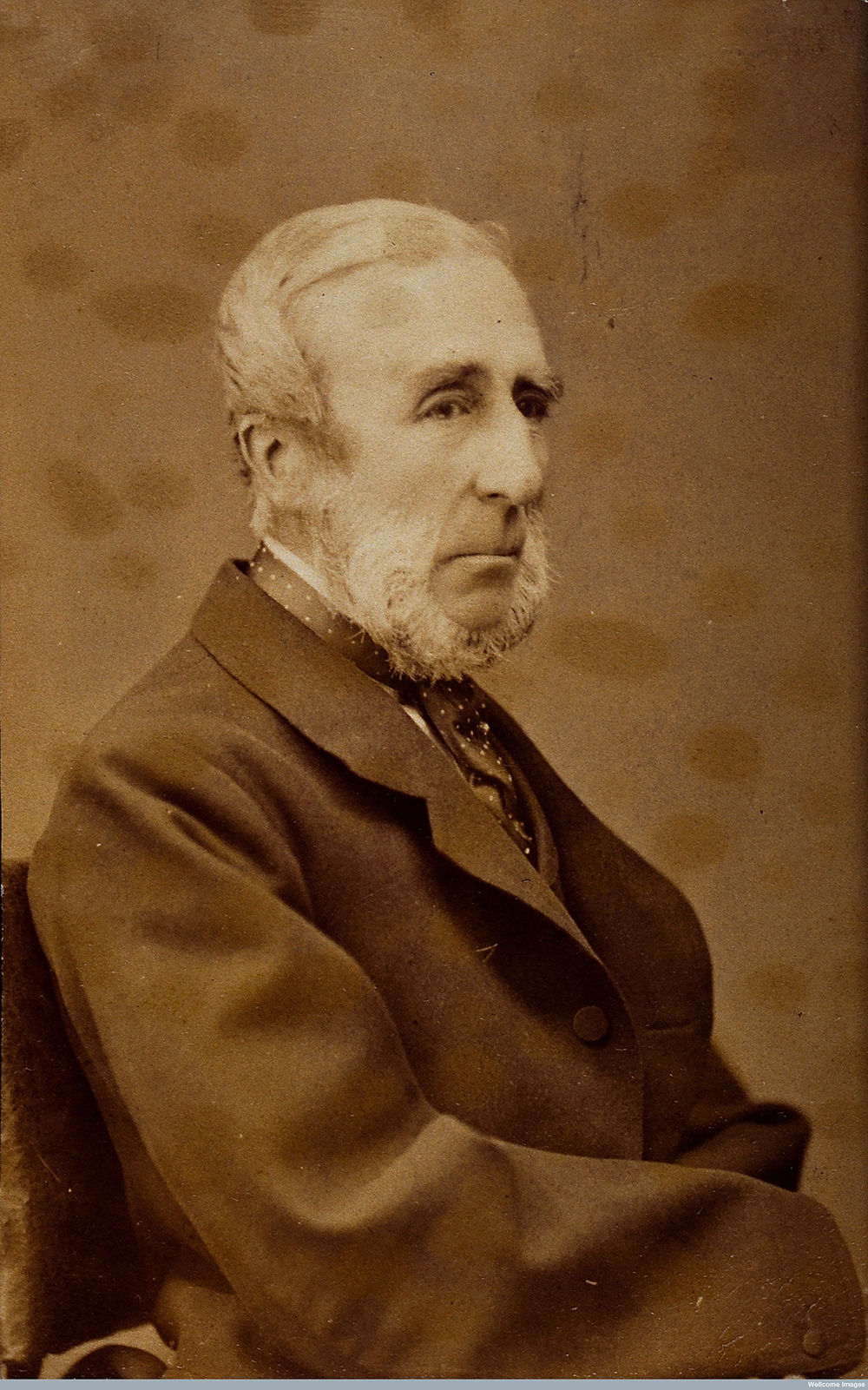After the Beagle voyage, Darwin's collection of bryozoans disappears from the records until the material was sent, in 1852, for study by George Busk, one of the foremost workers on the group of his day. In 1863, on the way down to Malvern Wells, Darwin had cause to consult Busk on quite another matter: a former Hunterian Professor at the Royal College of Surgeons, Busk was asked to prescribe for Darwin's 'stomach symptoms' following a recommendation from Darwin's friend Joseph Hooker, who reportedly described Busk as 'the most fertile brain of any man I know in regard of all such matters as your stomach'. (Busk duly prescribed, but the famous symptoms continued.)
Darwin asked for Busk's help in 1862 when he was trying to get information from colonial army medical staff to help him establish whether there was a relationship between hair colour and disease susceptibility among British soldiers serving in tropical climates, and continued occasionally to consult him both on medical and physiological matters.
Busk was also on the Council of the Royal Society, and was one of the supporters who persuaded the Society to award Darwin the prestigious Copley Medal, news that was announced in 1864.
Busk and his wife Ellen were part of a lively scientific and social circle. Joseph Hooker described Ellen Busk as 'a most thoroughly accomplished clever person, excellent wife & mother, really scientific, & the kindest & most hospitable charitable person alive'. Ellen's reputation as a freethinker may have been responsible for their ostracism by Charles and Lady Lyell (letter from J. D. Hooker [2 June 1865]).
ODNB article: https://doi.org/10.1093/ref:odnb/4168



